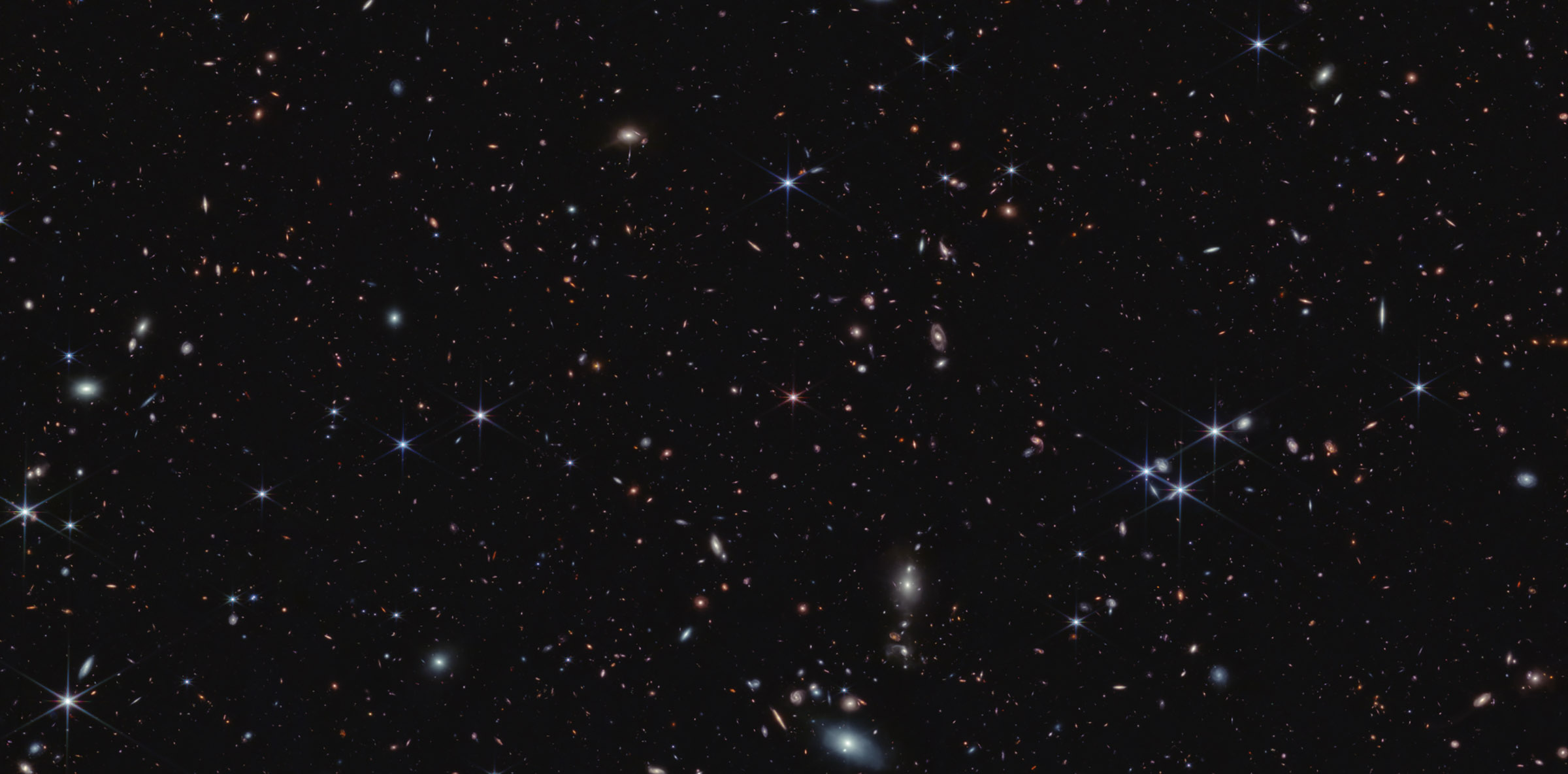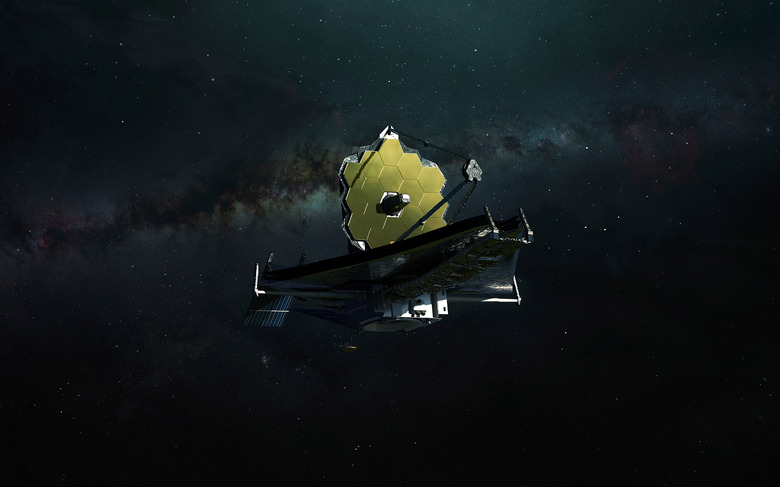James Webb Uncovers The Surprising Source Of The Evolution Of The Early Universe
NASA's James Webb Space Telescope has given astronomers almost unmatched access to the secrets of our universe. Most notably, it has helped us better understand the early universe, how it has changed over the past several billion years, and even given us better looks at what things might have looked like back then. Now, Webb has also shed some light on one of the important sources of our early universe's evolution.
The galaxies that we know and see today were not always how we see them. Some that are now dead were once full of life, the stars within them bright and shining. Further, the gas within the universe was very different, astronomers say. It was more opaque, making it harder for energetic starlight to pierce through. Had we looked back through the universe during this time, likely, we wouldn't have been able to see things as clearly as we do now.
But clearly – no pun intended – something has changed over the past several billion years. Now, when we point Webb out into the cosmos, we can see through the stars and galaxies. So, what happened? According to new data gathered from James Webb, the early universe's evolution to what we know today was driven by the heat from the stars that grew in those early galaxies.

According to new research from a team led by Simon Lilly of ETH Zürich in Switzerland, this period of reionization was a period of dramatic changes. The heat from the growing and bright stars helped transform the gas around them by ionizing it, creating the clearer gas we know today. Researchers have long searched for an explanation for this period when the galaxies became more easily observable.
According to the new data gathered from Webb, as the stars heated the gas around them, the early universe evolved, with the end of the reionization period bringing some profound changes to how our universe looked, as the gas became less opaque and easier to see through. This period would have occurred over 13 billion years ago, NASA explains in a new report on the research.
To make this discovery, the researchers focused in on a quasar which is home to the most massive currently known black hole in the early universe. That black hole is estimated to weigh 10 billion times the mass of the Sun. While this black hole has its own mysteries, it seems to have helped astronomers get a better grasp of our the early universe's evolution was driven.
